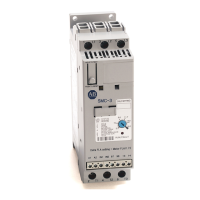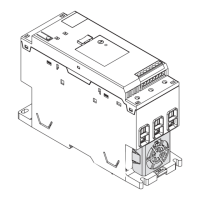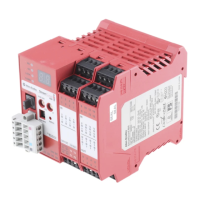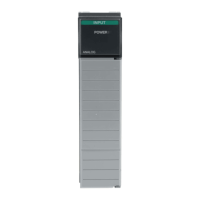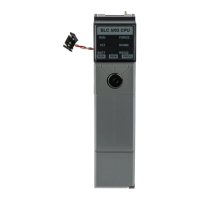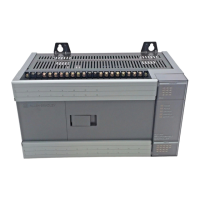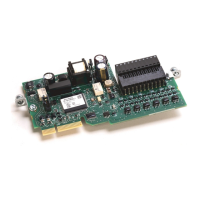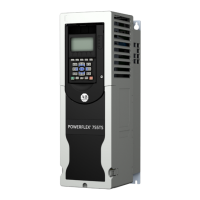52 Rockwell Automation Publication 1560F-UM001A-EN-P - June 2019
Chapter 2 Installation
Mounting
The 1503E, 1560F and 1562F are designed to be mounted in the vertical
position. Standard cabinet drawings with certified dimension drawings can be
obtained by contacting your local Rockwell Automation Sales office for the
1560F/1562F. Please refer to OEM documentation for the 1503E. Refer to the
drawings supplied with your order for mounting locations.
Grounding Practices
The purpose of grounding is to:
A. Provide safety for personnel.
B. Limit dangerous voltages to ground on exposed parts.
C. Facilitate proper overcurrent device operation under ground fault
conditions.
D. Provide for electrical interference suppression.
Each power feeder from the substation transformer to the controller must be
equipped with properly sized ground cables. Simply utilizing the conduit or cable
armor as a ground is not adequate. The conduit or cable armor and ground wires
should be bonded to ground at both ends. Each enclosure and/or frame must be
bonded to ground at a minimum of two locations.
Each AC motor frame must be bonded to grounded building steel within 6.1 m
(20 ft) of its location and tied to the controller’s ground bus by ground wires
within the power cables and/or conduit. The conduit or cable armor should be
bonded to ground at both ends.
TIP Joining hardware can be found in a package mounted on the front of the
shipping skid.
See publication MV-QS050
for level floor surface requirements.
IMPORTANT Generally, grounding should be in accordance with the Canadian Electrical
Code (CEC) or National Electrical Code (NEC) and other local codes.
ATTENTION: Any instruments used for test or troubleshooting should have
their case connected to ground for safety. Failure to do so may result in damage
to equipment or personal injury.
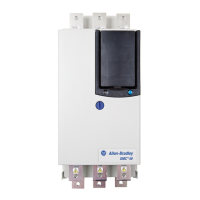
